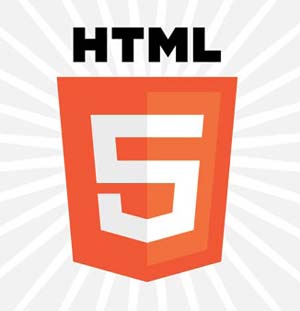Going Mobile: Thick or Thin Client?

Figuring out what’s best for your business in the ever-changing world of mobile content may mean making some smart decisions around whether your content should be delivered via a ‘thick’ or ‘thin’ client.
The thickness of a client refers to how much processing is done and how much data is stored on the client device versus the servers it interacts with. The more data and processing done, the thicker the client becomes. For example, take two different calendar applications.
The first is a calendar “app” that lives on a smart phone. Most all the functions of the application, like the interface, the search functions and the storage of events are all performed by the device itself. Only occasionally does it go and check with the server to sync the data up. If the phone loses its Internet connection, the app soldiers on. This is a thick client.
Our second calendar application is a web app. Most of the functions of the application are actually requests made by the client, but performed on the server. Search, editing an event, sending an email reminder, these are all done in the cloud somewhere, and the results are sent to the device. The device itself only handles a few key elements like displaying the interface and sending instructions. It works fine with slow phones because the speed of the server is what matters most, but if the phone loses the Internet, it’s game over. This is a thin client.
The most popular applications are often those that integrate with device hardware features such as GPS, cameras, accelerometers, gyroscopes, sensors, and other fun bells and whistles. Generally speaking, mobile devices will only grant use of these features to applications that live on the device. Given this, one would think the inertia is swinging in the direction of mobile thick clients, and the explosion in app popularity would seem to support that premise.
But wait, the plot thickens
Enter HTML 5. It offers interoperability among browsers without using plug-ins like Microsoft Silverlight or Adobe Flash. Among its many capabilities are some specific to mobile devices, such as:
- Geo-location support
- Client-side database storage
- Native support for audio and video (no more Flash)
- Offline application caching
These features will offer thin client mobile applications the ability to act more like thick client apps. Most smartphone operating systems have native Webkit-based browsers with strong support for HTML 5. Microsoft just recently announced support for HTML 5 in the upcoming version of IE 9 Mobile, so support for the as yet unfinished standard is on the rise. However, the W3C announced only last month that the HTML 5 standard won’t be ready until 2014, so we may be a few more years away from thin clients dominating the mobile landscape.
Questions and Considerations:
Here are some things to consider when devising your own plan for going mobile:
Thin Client
- Multi-platform-compatible
- Uses standard web technologies
- More cost-effective to develop (see previous point)
Thick Client
- Access to features in a device’s hardware
- Can be used offline
So when building your own mobile or web-based app, ask yourself these questions:
- Is your target audience using smartphones with Webkit-based browsers?
- Will users need to access hardware features such as camera, compass, etc.?
- Will they always have an Internet connection when using your app?
If the answer to any of the above questions is no, start thinking about contingency plans for situations wherein the mobile user’s experience may be less than optimal or they don’t have the hardware necessary to run your app. No one likes an app—thick or thin—with usability and performance issues.
For more information and a more detailed feature comparison between thick and thin mobile clients, check out The Battle of the Mobile Architectures: Will Thin or Thick Client Win?
You can also check out my presentation Going Mobile: What’s Best for My Business, presented at the University of Chicago Booth School of Business for more information concerning the mobile technology landscape. Or read my book Return on Engagement: Content, Strategy and Design Techniques for Digital Marketing.
Digital Sustainability Quickstart Course
This eight-part email series will introduce you to sustainability concepts that you can incorporate into common digital marketing, web design, and product management practices.
Sign Up Now


